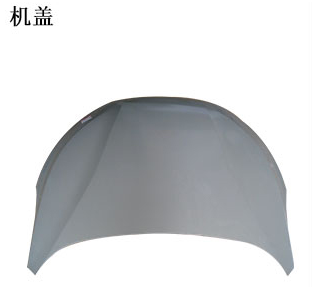Sheet metal parts are thin and easy to form, which can be formed into parts of various shapes. With the application of welding, assembly, riveting and other processes, it is possible to realize multi structure products. At the same time, these characteristics also make sheet metal parts in the process of processing will more or less occur different degrees of deformation, such as bending deformation, torsion deformation, concave convex deformation and so on. These deformations make the size or shape of the whole component change, resulting in quality problems. However, the production process of sheet metal parts has its own rules. For the same type of products, according to the existing equipment, manpower, etc., the sequence of processing can be flexibly adjusted to give a reasonable processing process. So choosing the right process route is an effective measure to prevent and solve this kind of problem.

The formulation of the process route must combine the product shape and the existing processing equipment of the company, take meeting the product quality requirements as the premise, and finally achieve the goal of large economic benefits. The general process route of automobile stamping parts can be formulated according to the following principles: ⑴ meeting the product quality requirements, ⑵ economic product process route, ⑶ providing optimization for subsequent processes, and (4) convenient processing. The process personnel's consideration of quality mainly comes from the grasp of product structure, functionality and appearance, as well as the mastery of equipment processing ability. There are three directions to be considered in the process planning, which are to consider the cumulative error matching relationship of the whole machine, to optimize the product processing method to reduce the processing difficulty, and to set a relatively stable process route in mass production.
The optimization of the machining method lies in the adjustment of the machining sequence or the improvement of the process, which is illustrated by a simple example. For example, the quality and time of a single door panel can be taken into account when processing a single door panel. The general process plan is: cutting with a shearing machine → punching the shape and inner hole with a punching machine → bending with a folding machine → welding the four corners. Such a process scheme is time-saving and labor-saving, but if the mass production will aggravate the damage to the punching tool, which greatly increases the maintenance cost of the machine tool.
In addition, if the programming program of automobile sheet metal parts has a little problem, it will cause irreparable loss. Because the function of this kind of door panel is to install the door stopper, the following processing scheme is usually adopted in mass production of this kind of door panel: cutting machine blanking (three small pieces of door stopper blanking separately) → punch the inner hole of the punch → cutting angle → folding machine folding test → welding four corners and three small pieces of door stopper. The improvement of the scheme not only saves the cost of raw materials and equipment maintenance, but also greatly reduces the programming error rate.
The processing technology of sheet metal auto parts is a complex problem. In this paper, the basic principles of process setting of general sheet metal parts are briefly described in order to find out the basic methods of process setting. In a word, as an engineer, we should establish the concept of cost, integrate the cost into the process, and view the process of process setting from the perspective of the overall situation.
Copyright By © Jiangsu Halreal Vehicle Industry Co., Ltd. Powered by Yicheng Network